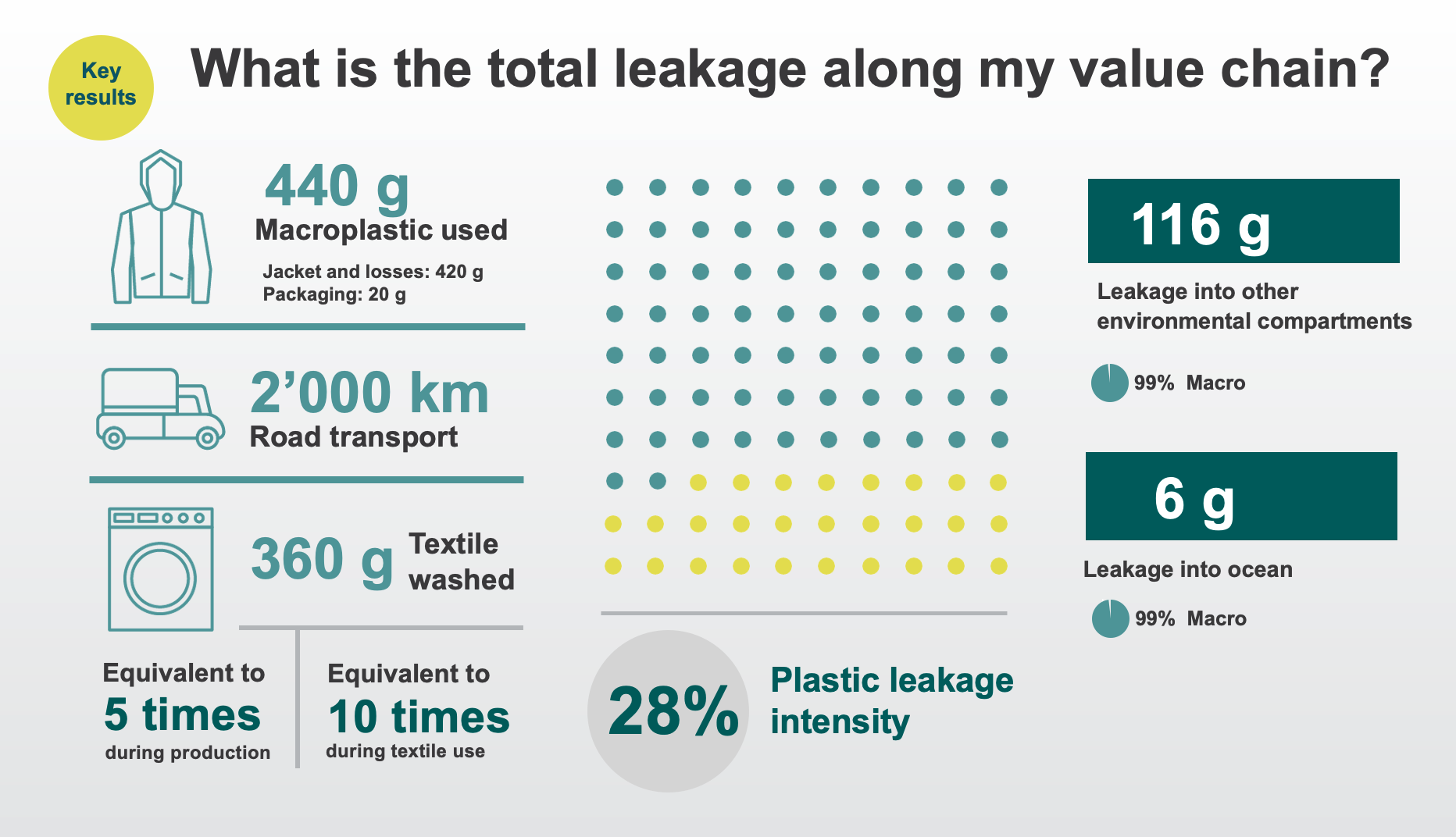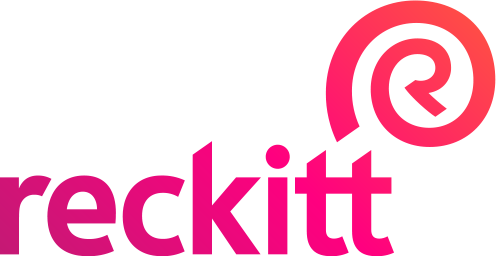Quantifying the plastic leakage of an outdoor jacket across its life cycle

To identify effective solutions to tackle plastic leakage along the life cycle of its products, Sympatex teamed up with Quantis, eco-design center EA and the Plastic Leak Project to quantify the leakage of a new outdoor jacket.

Challenge
Sympatex Technologies is a leading global supplier of high-tech functional materials in clothing, footwear, accessories and technical fields of application. The company has actively been working through research and partnerships to reduce the environmental footprint of its products, and has made ambitious commitments to achieve 100% circularity and eliminate microplastic pollution from occurring over the lifetime of its functional textiles.
A key challenge Sympatex has faced in achieving this goal is the lack of clear information on the sources and amount of plastic leakage occurring across the life cycle of its products. Sympatex joined the Plastic Leak Project (PLP), co-founded by Quantis and eco-design center EA, to fill this knowledge gap.
Insights
Growing awareness around the environmental impact and scale of plastic pollution has spurred many companies to tackle plastic leakage in their value chains. Yet they lack the necessary information and tools to transform these commitments into meaningful actions. Currently life cycle assessments, a key tool companies use to assess the environmental impacts of their products and business, do not account for plastic as a pollutant, meaning businesses can’t identify when or where plastic leakage is occurring.
Designed specifically for business, the PLP guidelines are the first science-based methodology for calculating and reporting estimates of plastic and micro-plastic leakage across the value chain — including leakage that occurs as a result of product washing. Sympatex was one of the first companies to pilot the Project’s pioneering methodology, performing a plastic leakage assessment exemplified by a three-layer hardshell jacket.
Actions
As a first step, Sympatex collected data about the amount of plastic used across the value chain to produce the polymer in its hardshell jacket — from production all the way through to use (washing) and disposal. Applying the PLP guidelines to Sympatex’s data, Quantis then identified the total plastic leakage linked to the hardshell jacket, where the leaked plastic ended up in the environment, as well as the contribution of each life cycle stage and geographic region to the overall amount of leakage.
Impact
The results of the assessment revealed that 28% of the plastic used across the life cycle of the jacket leaks into the environment. Approximately 99% of this leakage was found to occur not during use phase (washing of the product), as it is commonly assumed, but rather at end-of-life. At this stage, the leakage is due to inadequate waste collection and treatment systems in developing countries where 50% of the used apparel is estimated to be exported to give them a second life.
Learnings
The perception of the use phase as the most impactful stage in terms of plastic leakage because of shedding during washing is prevalent. The findings of Sympatex’s assessment show that end-of-life can be more impactful than the use phase, and greater efforts and investment should be directed towards finding ways to prolong the lifetime of apparel as well as to improve the waste management systems in developing countries where a lot of apparel ends up at the end of life.

Areas of expertise
Sector
Project Manager

Laura Peano
Senior Sustainability Consultant
“The results of the assessment really surprised us and broke down some misconceptions about where in our value chain plastic leakage is occurring. We now know where we need to be focusing our efforts in order to have a real impact in eliminating plastic pollution from the life cycle of our product. At the same time, it confirms us in our ambitious goal, which we have set for ourselves, of closing the textile loop as quickly as possible.”
Dr Rüdiger Fox, CEO
Sympatex
Latest case studies

Case Study
Societe Generale
Societe Generale partnered with Quantis to assess and manage nature impacts, enhance portfolio strategy, and drive sustainable client engagement.

Case Study
Reckitt
Reckitt, with Quantis and CO2 AI, used AI and data to pinpoint and reduce Scope 3 emissions, improving footprint accuracy.

Case Study
Coop Group
Coop Group, with Quantis, created science-based targets and roadmaps, aligning climate strategy across seven business units.
